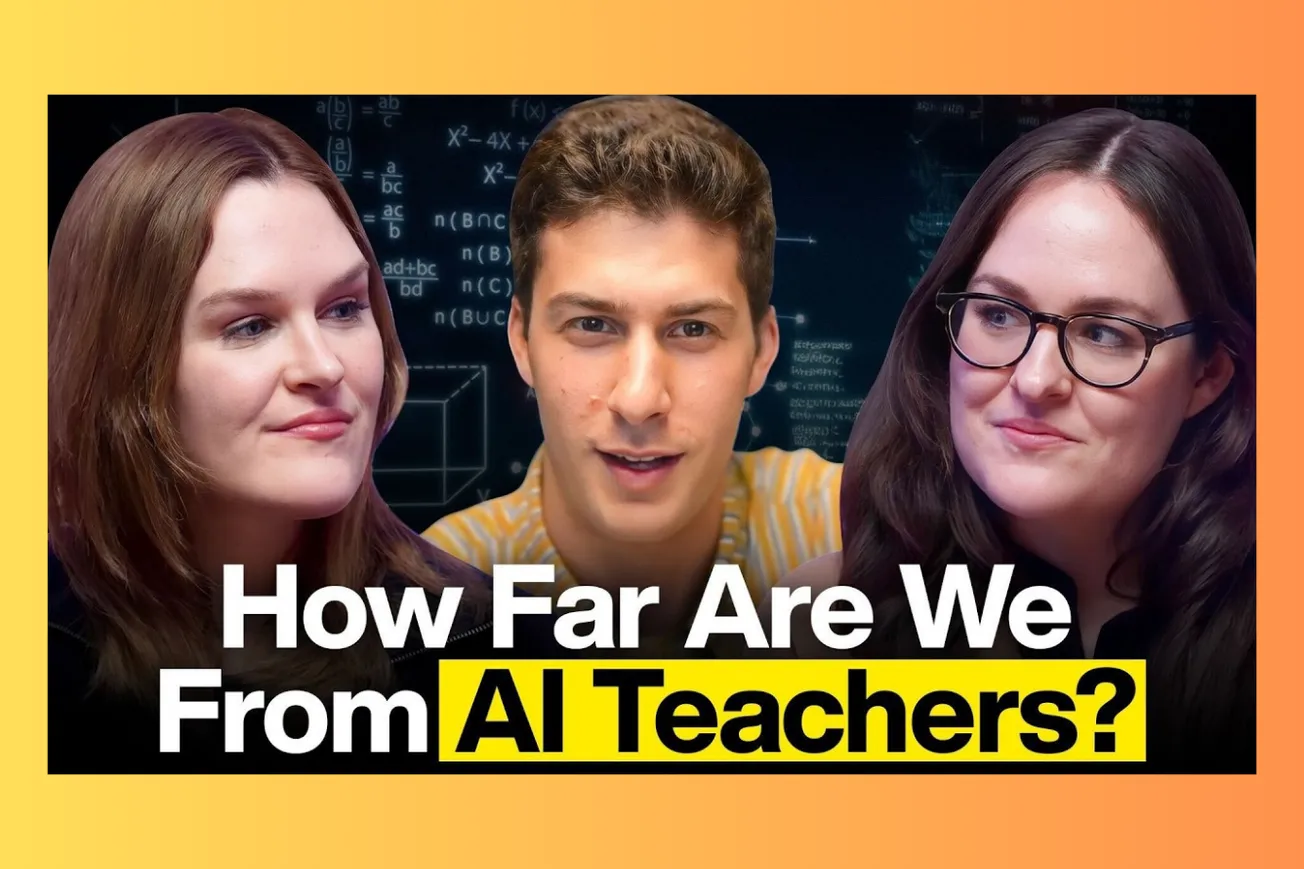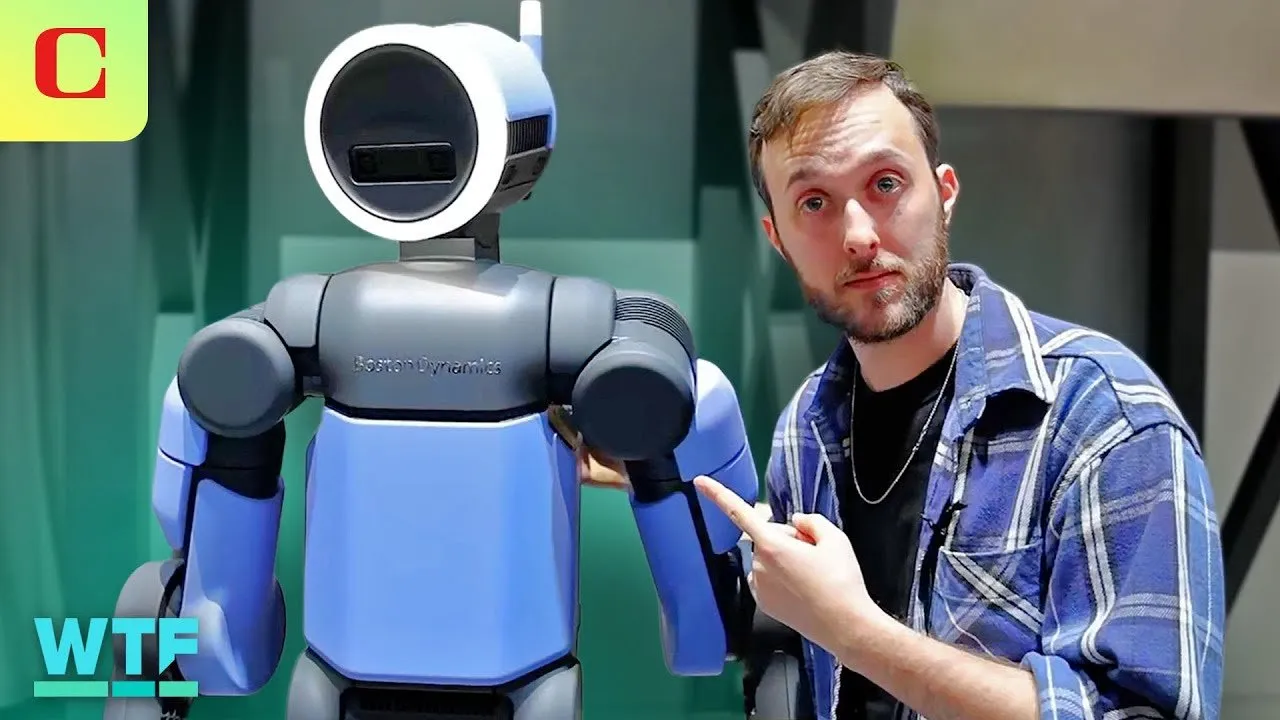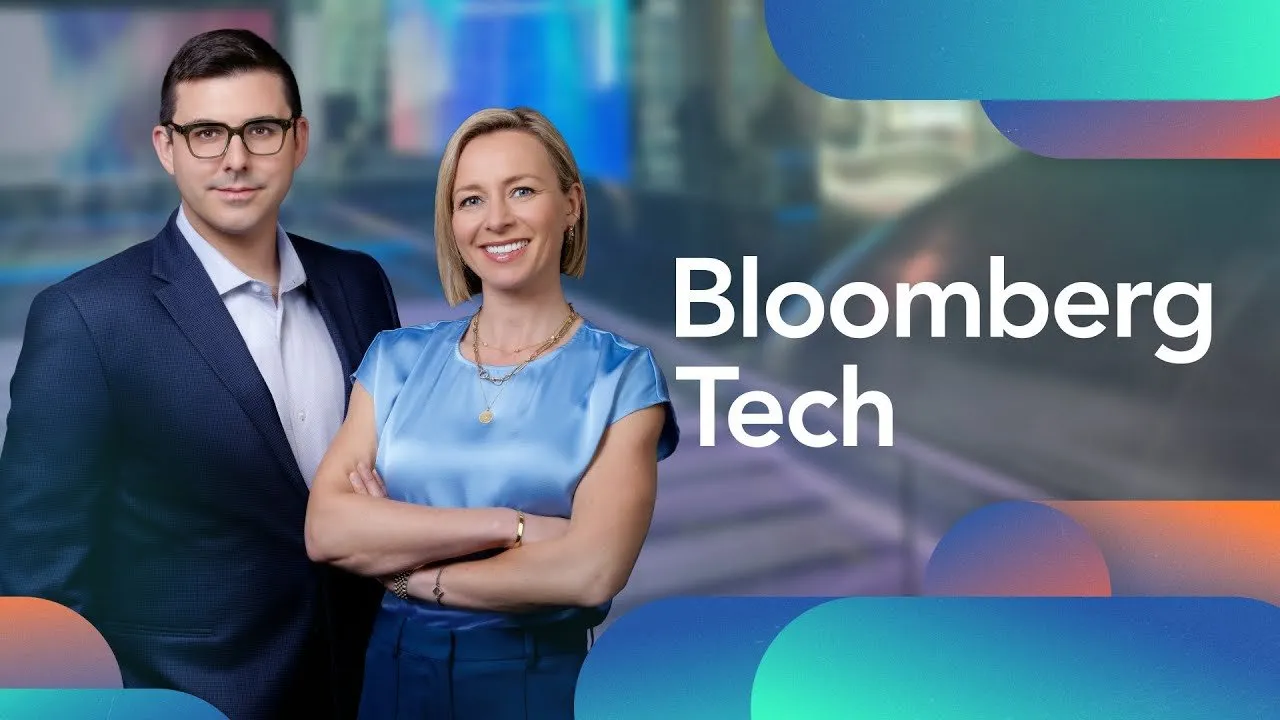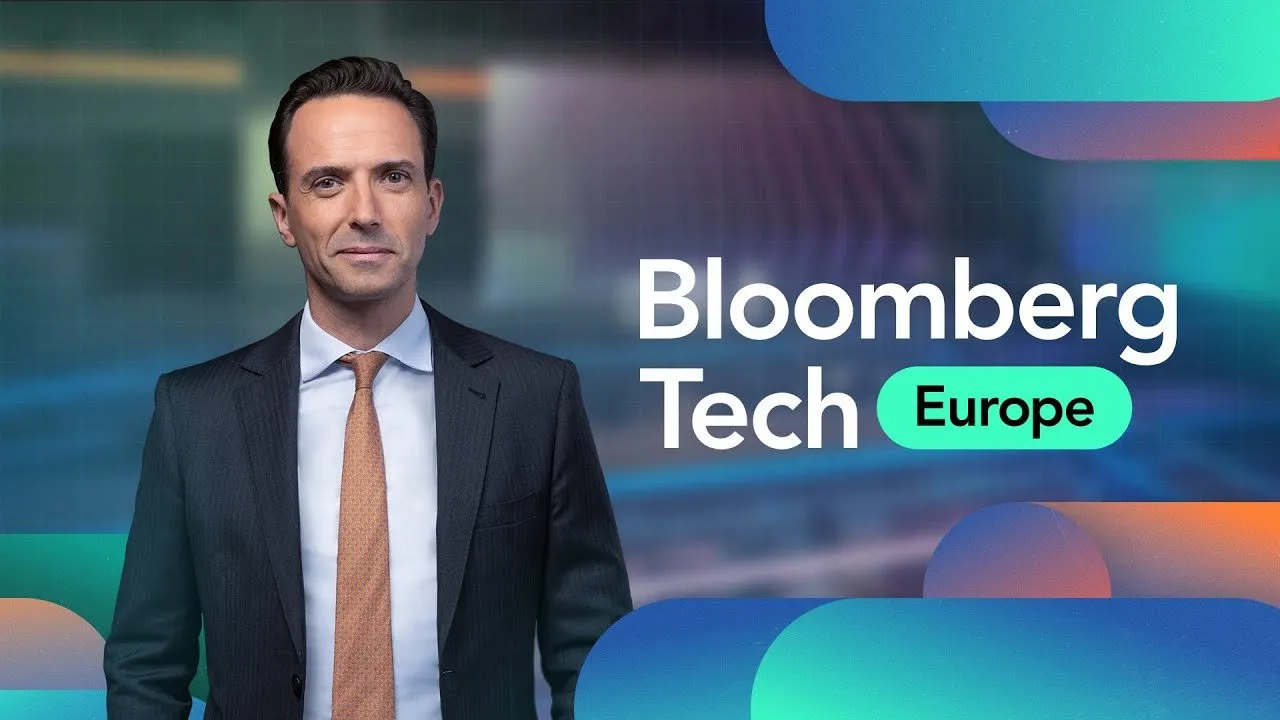Table of Contents
AI has moved from banned technology to essential classroom tool in just 18 months, with teachers leading adoption through productivity gains while students consume educational content through viral social media formats that make learning as engaging as entertainment.
Education's transformation from AI resistance to AI embrace reveals the future of personalized, engaging learning experiences.
Key Takeaways
- Teachers, not students, drive AI adoption in education—50% of US teachers use Magic School AI tools for administrative tasks
- 80% of school districts now have dedicated generative AI teams with earmarked budgets for procurement
- Alpha School demonstrates full AI integration with 2 hours of AI-delivered curriculum producing 99th percentile student outcomes
- Viral educational content on TikTok/Instagram featuring AI celebrities teaching complex topics generates millions of views
- Higher education leads AI adoption with Claude and OpenAI releasing dedicated education platforms
- "Brain rot" educational videos separate content optimization from delivery optimization for maximum engagement
- Traditional textbook companies must innovate or partner with AI companies to maintain relevance in distribution
From AI Panic to AI Pragmatism
The education sector's relationship with AI transformed dramatically from immediate bans to proactive adoption within 18 months, revealing institutional adaptability when benefits become clear.
- Los Angeles and New York City public schools initially banned AI, creating "Rocky vs. Apollo" battles between AI tools and detection software
- Student usage of ChatGPT exceeded non-student usage during the first year, surprising even industry experts
- Current landscape shows 80% of school districts have generative AI teams actively procuring new technologies
- Higher education leads adoption with dedicated AI platforms from major providers and university partnerships
- Ohio State and other institutions now mandate AI usage in curriculum rather than prohibiting it
- The shift from "hysteria moment" to "pragmatic moment" creates opportunities for founders building educational AI tools
Education's slow cloud adoption (5-6 years) makes the rapid AI acceptance particularly remarkable for such a conservative industry.
Teachers as the Unexpected AI Champions
Contrary to predictions about student-driven adoption, teachers emerge as the primary users and purchasers of AI education tools, motivated by relief from administrative burdens.
- Magic School AI reports over 5 million users with 50% of US teachers having used their platform
- Teachers hate 90% of their job—the administrative parts including grading, feedback, assignment creation, and curriculum development
- Many teachers recycle curriculum year-over-year; AI enables generating personalized curriculum per student
- Monthly subscriptions of $15-20 provide "outsized return" for teachers' small tool budgets
- Bottom-up teacher adoption drives revenue for mature AI education companies rather than top-down district purchases
- Current usage focuses on generating worksheets and assignments rather than AI-integrated classroom experiences
The productivity gains allow teachers to be "10 times better at their job" while reducing burnout from administrative tasks.
Alpha School's AI-First Education Experiment
Alpha School serves as a real-world laboratory for full AI integration in education, providing crucial data about what works when technology becomes core to the learning experience.
- Students receive 2 hours daily of AI-delivered curriculum at personalized learning levels
- Remaining time devoted to self-directed projects and exploration
- $40,000 annual tuition reflects well-funded private school environment with technology-embracing families
- Student outcomes rank 99th percentile on assessments, placing them in top 1-2% nationally
- The model demonstrates potential when removing friction around software spending and testing
- Provides "labs team" function for education—rapid experimentation with successful features scaling to broader market
Alpha School's privileged position enables testing what works before commercialization challenges affect broader implementation.
The Viral Learning Revolution
Educational content creators are revolutionizing learning through TikTok-style videos featuring AI celebrities that make complex topics as engaging as entertainment.
- Instagram account "Unlock Learning" generates millions of views with AI celebrities explaining AP/IB exam content
- "Future of Education" account showcases AI-driven teaching methods spreading viral awareness
- Content evolution from simple "Taylor Swift teaching Taylor series" to sophisticated Drake-Sydney Sweeney conversations about 3D vectors
- Videos achieve "brain rot" engagement levels while delivering genuinely educational content
- Comments frequently feature graduate students praising explanations as superior to traditional instruction
- The format separates content optimization (clear explanations) from delivery optimization (familiar celebrity voices)
These videos prove that educational content can achieve viral entertainment engagement without sacrificing learning quality.
Personalizing Learning Modalities
AI enables breaking away from rigid "learning style" categorization toward dynamic, topic-specific modality selection based on individual needs and preferences.
- Traditional education boxes students as "visual," "audio," or "reading" learners, limiting adaptation across subjects
- AI allows choosing different modalities per topic—visual for one concept, audio for another, problem sets for a third
- Engagement level can match content seriousness—"brain rot" videos for casual learning, intensive problem sets for exam preparation
- Students can control pacing—spending more or less time on subjects based on mastery rather than classroom averages
- The approach removes the "burden" of being locked into single learning styles
- Multiple companies build conversation capabilities with historical figures and interactive AI tutors
Personalization extends beyond content to include preferred virtual teacher appearances—animated characters versus photorealistic humans.
The Textbook Company Disruption
Traditional educational publishers face existential challenges as AI-generated content threatens their gatekeeper role in classroom material distribution.
- Textbook companies currently control what content enters classrooms through established distribution relationships
- Some view AI content as cannibalizing existing business models rather than extending their offerings
- Others see AI as augmenting existing content while maintaining their "single source of truth" authority
- The next 18 months will determine whether publishers develop innovation arms or partner with AI companies
- Distribution advantages may diminish as AI enables direct content creation and customization
- Schools need publishers to "grow innovation arms fast" or outsource AI development to remain relevant
The power dynamic between content creators, AI companies, and traditional publishers will reshape educational content distribution.
Investment Metrics and Market Dynamics
Evaluating AI education companies requires new metrics focused on engagement patterns and learning outcomes rather than traditional SaaS indicators.
- Cohorted engagement and weekly usage frequency provide better signals than annual retention in education's seasonal patterns
- Students using tools reactively (homework completion) show different engagement than proactive learners
- Multiple years of data needed to assess actual learning outcomes due to variable control factors
- Early AI companies excel at teacher productivity but haven't yet created core classroom AI experiences
- Current AI usage remains "peripheral" to education rather than fundamental to learning processes
- Research papers show promising test improvements but lack nationwide study validation
The challenge involves distinguishing between engagement metrics and actual learning efficacy measurement.
The Path from Productivity to Pedagogy
Current AI implementation focuses on teacher efficiency rather than student learning experiences, representing early-stage adoption that will evolve toward integrated educational environments.
- Present usage generates answer sheets and worksheets rather than interactive learning units
- Students interact with traditional educational assets, not AI-enabled learning environments
- Future possibilities include conversing with historical figures, creating custom worlds around writing prompts, or generating personalized games
- The transition from "AI helping teachers" to "AI teaching students" represents a significant pedagogical shift
- Voice and real-time interaction capabilities will unlock more classroom integration opportunities
- Professional development needed to bring AI into classrooms, not just teacher workflows
Moving from peripheral AI usage to core educational experiences requires fundamental changes in teaching methodologies.
Higher Education Leading Transformation
Universities and colleges demonstrate faster AI adoption compared to K-12 education, driven by recognition that students need AI literacy for future careers.
- Claude for Education and OpenAI's education platforms partner with multiple universities for pilot programs
- Higher education institutions treat AI as essential job skill preparation rather than academic threat
- University environments provide testing grounds for horizontal AI platforms fundamental to educational experiences
- Less regulatory friction and age-related concerns enable faster experimentation and deployment
- The next 12 months will reveal how large model companies work with educational institutions
- Questions remain about whether specialized education companies or general AI platforms will dominate
Higher education's leadership position may influence K-12 adoption patterns as successful models demonstrate value.
Future Vision: AI Teacher Influencers and Personalized Learning
The evolution toward fully AI-driven educational experiences will combine entertainment engagement with pedagogical effectiveness through adaptive, personalized instruction.
- AI tutors designed for maximum engagement while maintaining educational rigor
- Personalized teacher personalities—different students learn best from different virtual instructors
- Adaptive learning speeds allowing students to master subjects at individual paces rather than classroom averages
- Real-time voice interactions and avatar technologies enabling natural educational conversations
- Language models already capable of teaching; infrastructure needed for engaging, stress-free learning experiences
- Potential for AI teachers to discover optimal instruction methods beyond human teacher knowledge
The combination of proven AI teaching capability with engaging delivery mechanisms could revolutionize individual learning experiences.
Common Questions
Q: Will AI replace human teachers entirely?
A: No—AI currently handles administrative tasks while human teachers remain essential for classroom management, emotional support, and complex instruction delivery.
Q: How quickly is AI adoption happening in schools?
A: Remarkably fast for education—from widespread bans to 80% of districts having AI teams in just 18 months.
Q: What type of educational content works best with AI?
A: Administrative tasks (grading, curriculum generation) see immediate adoption while interactive learning experiences remain experimental.
Q: Are students actually learning better with AI tools?
A: Early indicators positive but multi-year studies needed due to education's complex variable environment.
Q: How do costs compare between AI tutors and human tutors?
A: AI tools at $15-20/month versus human tutors at $100-200/hour create significant accessibility advantages.
The AI education revolution demonstrates how quickly institutional resistance can transform into enthusiastic adoption when clear benefits emerge. Teachers leading the charge through productivity gains pave the way for more fundamental pedagogical changes that could reshape learning experiences entirely.





